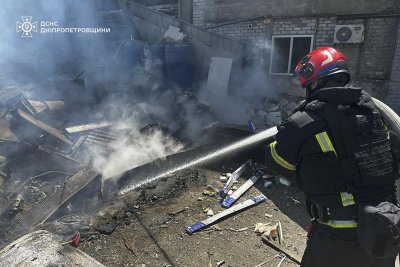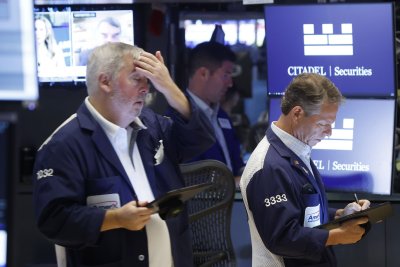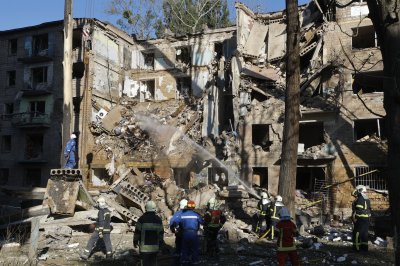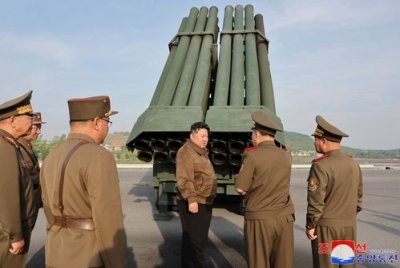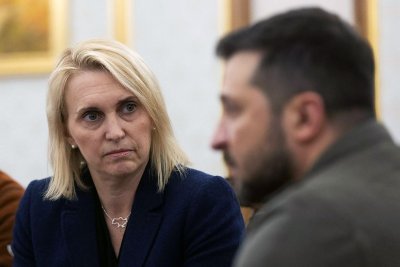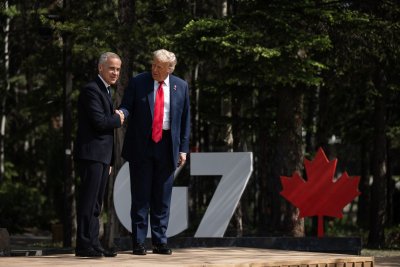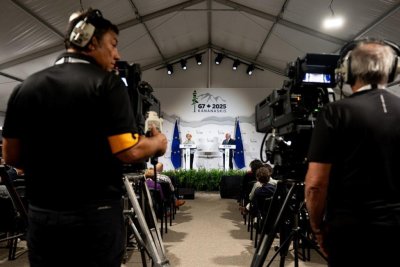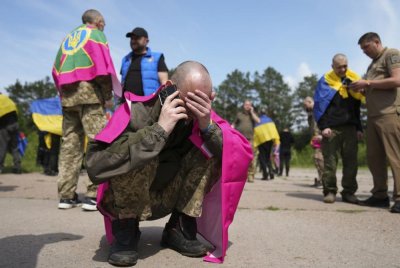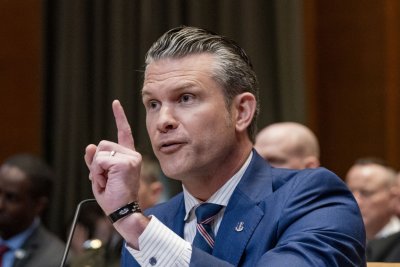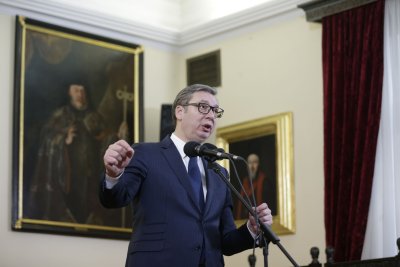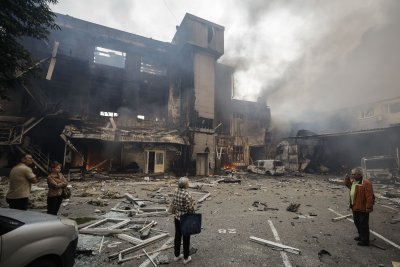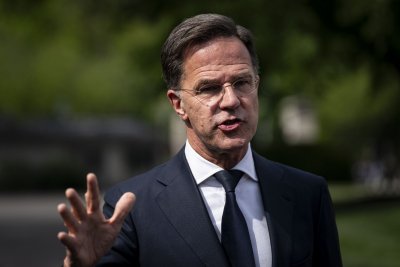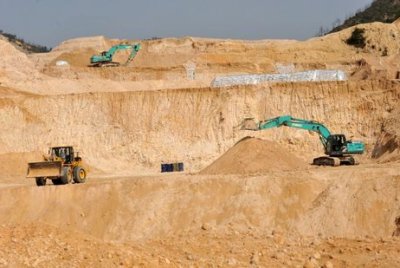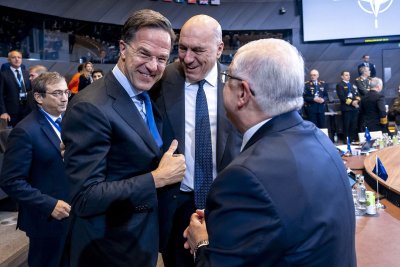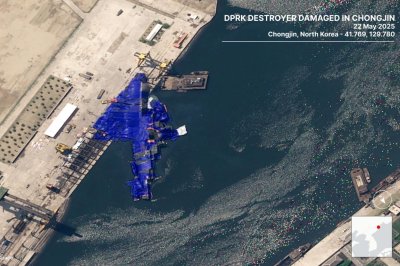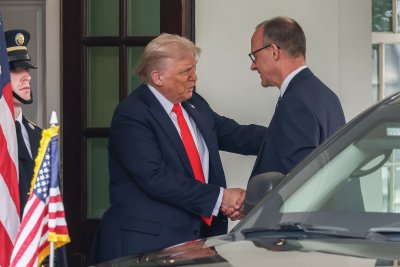Ukrainian F-16 pilot killed in major Russian airstrikes
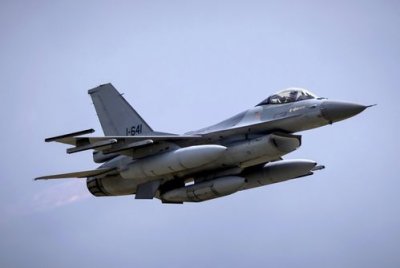
A F-16 fighter jets takes off from Volkel Air Base in Volkel, the Netherlands, headed for Ukraine on May 25. The Netherlands has pledged 24 F-16s to Ukraine, adding to those it received from the United States. A Ukrainian F-16 pilot died Sunday in an attack from Russia. Photo by Robin Van Lonkhuijsen
June 29 (UPI) — A Ukrainian F-16 pilot died overnight Sunday during one of Russia’s largest attacks since the invasion in 2022 that included several hundred drones and missiles, Ukraine‘s Air Force said.
Lt. Colonel Maksym Ustymenko, 31, died after his fighter jet was damaged trying to intercept Russian missiles and drones, Ukraine’s Air Force said. Ustymenko, who destroyed seven enemy air targets and managed to steer his jet away from populated areas but didn’t eject in time.
“Ustymenko did everything possible, but his jet was damaged and started losing altitude. He died like a hero!” Ukrainian military officials said.
Ustymenko became Ukraine’s third F-16 pilot to die in combat since the nation added U.S.-made planes last year.
Russia attacked Ukraine with 537 missiles and drones, including 477 Shad-type attack drones and decoys launched into Russian-occupied Crimea, the Kiev Post reported from the military. Of those, 475 were shot down, including Shahed drones and 225 drones suppressed by electronic warfare.
Russia’s missile attack lasted nearly three hours and the drone siege went on for almost 10 hours.
A Ukrainian drone strike on Russia’s Kirovske airfield in Crimea destroyed several helicopters and an air defense system, the Security Service of Ukraine said.
“The SBU is systematically working to reduce the Russian Federation’s capabilities to carry out air and bombing strikes on the territory of Ukraine,” the military said. “The occupiers must realize that their expensive military equipment and ammunition are not protected anywhere: neither on the front line, nor in temporarily occupied territories, nor in the enemy’s deep rear.”
The agency said Mi-8, Mi-26 and Mi-28 helicopters were destroyed.
A dozen Ukrainians were injured in attacks against infrastructure, residential buildings and storage buildings in Lviv, Poltava, Kharkiv, Kherson, Mykolaiv and Kyiv.
Several explosions were reported in Kremenchuk and Lviv. And an industrial facility in the Poltava region caught fire as a result, officials said.
A production site in Zaporizhzhia also was damaged.
Russia, under Russian President Vladimir Putin, has increased its attacks on Ukraine’s cities during a summer offensive, Politico Europe reported.
“Just this week alone, there have been more than 114 missiles, over 1,270 drones, and nearly 1,100 glide bombs,” Zelensky said on Telegram. “Putin long ago decided he would keep waging war, despite the world’s calls for peace.”
Neighboring Poland, a member of NATO, scrambled jets and activated its ground-based air defense system, its military said.
Zelensky urged more protection from its allies, including ballistic missiles, and efforts to end the war.
“Ukraine must strengthen its air defense — the thing that best protects lives,” Zelensky said. “These are American systems, which we are ready to buy. We count on leadership, political will, and the support of the United States, Europe, and all our partners. I thank everyone who is helping.”
Last week during the NATO summit in The Hague, Netherlands, U.S. President Donald Trump said the U.S. might be able to provide anti-ballistic missiles.
“We’re going to see if we can make some available,” Trump said. “They’re very hard to get. We need them too. We were supplying them to Israel, and they’re very effective. A hundred percent effective — hard to believe how effective.”
The F-16 is a single-engine, single-seat supersonic jets have been produced by Lockheed Martin since 1976.






